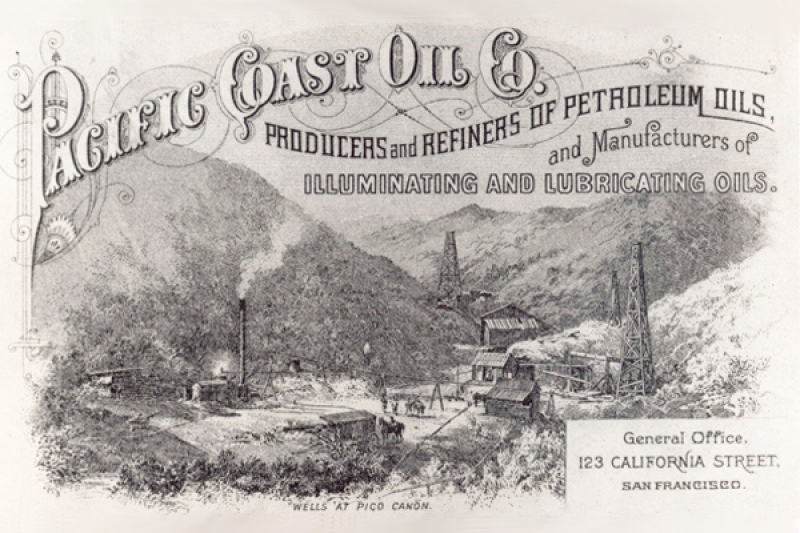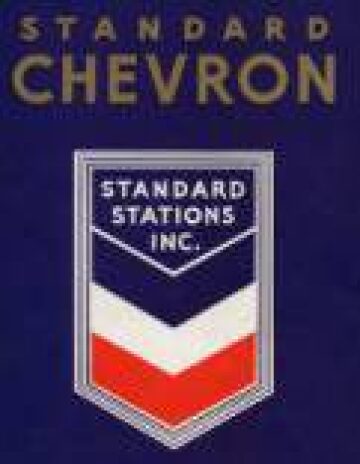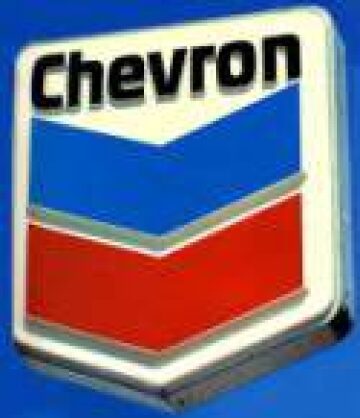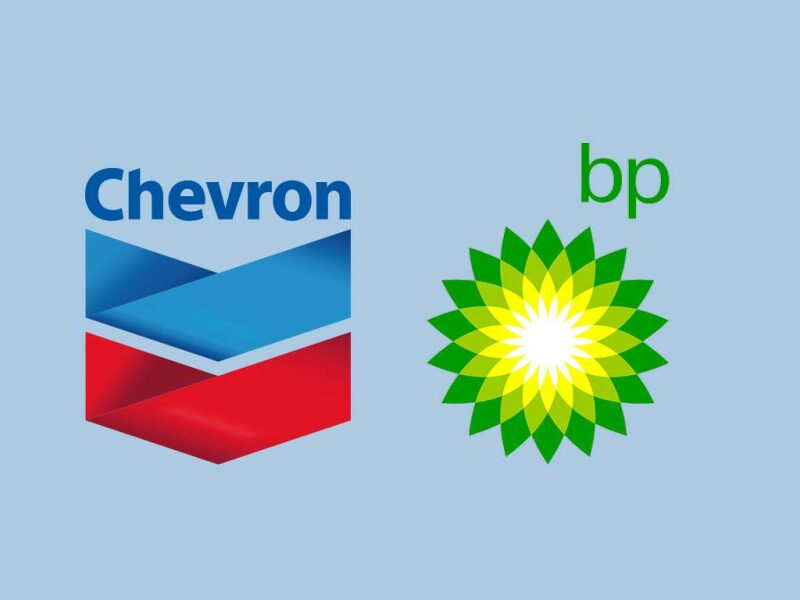Authors Vikrant Lakhanpal, Radmila Mandzhieva, and Deen Akinrinsola are members of the TWA Editorial Committee.
Logos have been an integral part of history since the emergence of written language. Logo origins can be traced back to the earliest societies in which symbols were used to depict persons, places, and even events. Similarly, today logos act as an extension of company branding. To help companies create their unique identity, designers invent logos that express a desired philosophy better than words can. Logos can tell a story by illustrating a business’ brand, vision, ambitions, and core values. In this edition of Young Professionals’ Guide To, we explore two major oil and gas company logos and probe into their hidden meaning.
BP: From Shield to Sun |
|---|
The story of BP began in 1908 when a meter-high fountain of oil burst into the sky near Masjid-i-Suleiman, Persia (now, Iran) and the Anglo-Persian Oil Company (APOC) was formed in 1909, as a subsidiary of Burmah Oil Company. In 1914, APOC signed a 30-year contract with the British Admiralty for supplying oil for the Royal Navy at the fixed price. In 1915, APOC established its shipping subsidiary the British Tanker Company and in 1916 it acquired the British Petroleum Company which was a marketing arm of the German Europäische Petroleum Union in Britain. Back then the company was represented by the bold letters “BP” written on a shield.
In 1935, the international community began referring to Persia as Iran and hence, the APOC was renamed to Anglo-Iranian Oil Company (AIOC). After a series of agreements, mergers, and acquisitions, the AIOC became the British Petroleum Company in 1954.
1959, the company expanded to the US by making a significant discovery in Prudhoe Bay in Alaska. When the oil started to flow from Alaska, no BP refineries or stations in the US were there to take it and hence, the company acquired a 25% stake in the Standard Oil of Ohio (Sohio) to ensure a stable market. BP’s stake in Sohio grew over the years, and in 1987 BP bought the company, incorporating it into a new national business, BP America.
Color was added to the logo in 1947. Created by the noted industrial designer Raymond Loewy, it was unveiled in 1979. The logo was slightly modified in 1989 as a lighter shade was added to give it a “greener” appearance. The emblem was also simplified, and a yellow border was drawn around the shield. The characters were also italicized. This version was used by BP until 2000.

Further strengthening the US base, BP merged with Amoco, formerly Standard Oil of Indiana in 1998, becoming BP Amoco plc. Most Amoco US stations were converted to BP’s brand and corporate identity.

Beyond Petroleum: In 2000, BP Amoco acquired the US-based Arco and the lubricants and specialty company Burmah Castrol. Following these series of acquisitions, the company shortened its name to BP to identify as a single brand. In an attempt to rebrand itself as an environmentally aware energy company, instead of an oil company, it opted for the expansion of Beyond Petroleum. The new BP logo consisted of a “Helios” (ancient Greek god of the sun who drove his chariot across the sky each day) symbol which featured a green and yellow sunflower epitomizing energy in its various forms. The colors are both indicative of power and the natural world.
Interesting Fact
BP is the only corporation to have received an Oscar. The company won the award for the 1960 documentary film Giuseppina, which it sponsored and distributed. The trophy currently sits in the reception of BP’s Sunbury office.
Chevron: Red, White, and Blue Badge of Honor |
|---|
The history of this iconic American company dates to when Pacific Coast Oil Co, was incorporated in 1879 in San Francisco, California by acquiring the petroleum pioneer – California Star Oil Works. The first logo contained the company name against a backdrop of wooden derricks set among the Santa Susana Mountains that loomed over Pico Canyon. This was the site of the company's Pico No. 4 – the first successful oil well in California.

In 1878, Iowa Standard Oil Company entered the San Francisco market and by 1900, controlled a staggering 96.5% of the Western market in light oils. Coast Oil couldn’t fight the Standard’s marketing savvy and financial clout and hence, in 1900, agreed to be acquired by Standard while retaining the name of Pacific Coast Oil Company.
The company's rapid growth caused significant structural changes. In 1906, a consortium of Pacific Coast Oil and Iowa Standard Oil formed a new entity as a final step of the 6-year integration, the Standard Oil Company of California, or SoCal. In May 1911, a Supreme Court decision separated SoCal from its parent, a giant New York-based corporation, and this is when Standard Oil Co. of California trademarked the name Chevron and the three-bar chevron logo.

|
Originally, Chevron remained limited to the western United States. In 1946, the company adopted the Calso name for the northeastern market, including Vermont, using the red and white station design seen below.

|
In 1969, the company developed a new logo consisting of two bold stripes, red and blue, topped with the Chevron name.

|
To establish a uniform identity and to consolidate the organization, the company formed Chevron USA. Inc. in 1977, merging six domestic oil and gas operations into one. Intuitively, the company chose "Chevron" as its name echoing a word that had first appeared on its products in the 1930s and had become an iconic benchmark among consumers worldwide. In 1984, the company nearly doubled its worldwide proved oil and gas reserves overnight by acquiring the nation’s fifth-largest petroleum company—Gulf Oil Corp.
The acknowledgment that the industry’s best opportunities often involved mega-projects that required the resources of more than a single corporation led the company to form a corporate mergers and acquisitions (M&A) group in January 1998. After a series of negotiations, the M&A group convinced the shareholders of Chevron and Texaco to merge into ChevronTexaco Corporation in October 2000. This made Chevron the second largest US-based energy company with more than 11 billion bbl of oil and equivalent gas reserves along with 2.4 million B/D of refining capacity. Thus, three out of the seven sisters of oil and gas (Gulf Oil, SoCal, and Texaco) transformed into one big corporation embodied by Chevron.
After the merger, the company started a new page in its story with a brand new name—Chevron Corporation—which became easily recognizable both in the local market and outside of the United States. In 2005, a strengthened company acquired Unocal Corporation, further enhancing its leading position. This decision allowed the company to diversify its E&P profile in the Caspian, Asia-Pacific, and Gulf of Mexico regions.
Today, the logo of this iconic American company shows two downward angles in a clipped and parallel manner. They originate directly from the name of the company Chevron, which means "angles" in terms of badges of rank, as one of the interpretations.
Interesting Fact
By the terms of the breakup of Standard Oil, under the Sherman Antitrust Act in 1911, at first Standard Oil of California could use the Standard name only within its original geographic area of the Pacific coast states, plus Nevada and Arizona; outside that area, it had to use another name. Today Chevron is the owner of the Standard Oil trademark in 16 states in the western and southeastern US. To maintain ownership of the mark, the company owns and operates one Standard-branded Chevron station in each state of the area, although its status in Kentucky is unclear after Chevron withdrew retail sales from Kentucky in July 2010.
Sources and References
A Not-So-Standard Chevron Station (Updated). (2009, February 25). Retrieved from https://thesledgehammer.wordpress.com/2009/02/18/a-not-so-standard-chevron-station/
BP. (2018, November 19). Retrieved from https://en.wikipedia.org/wiki/BP
BP Logo. (2014, October 08). Retrieved from https://www.famouslogos.net/bp-logo/
Chevron Policy. (2016, February 05). History. Retrieved November 16, 2018, from https://www.chevron.com/about/history
Hilke, J., & University of Vermont. (no date). Landscape Change Program. Retrieved from http://www.uvm.edu/landscape/dating/gas_stations/calso_chevron.php
Logoshistory.blogspot.com. (2018). Chevron Logo History. [online] Available at: http://logoshistory.blogspot.com/2010/09/chevron-logo-history.html [Accessed 20 Nov. 2018].
Nials, C. (2013, September 12). 3 Fun Facts About BP plc. Retrieved from https://www.fool.co.uk/investing/company-comment/2013/09/12/3-fun-facts-about-bp-plc/
Our history. (no date). Retrieved November 18, 2018, from https://www.bp.com/en/global/corporate/who-we-are/our-history.html
The BP brand. (no date). Retrieved November 18, 2018, from https://www.bp.com/en/global/corporate/who-we-are/our-brands/the-bp-brand.html
The Gaurdian. (2004, 24 July). BP rebrands on a global scale.

